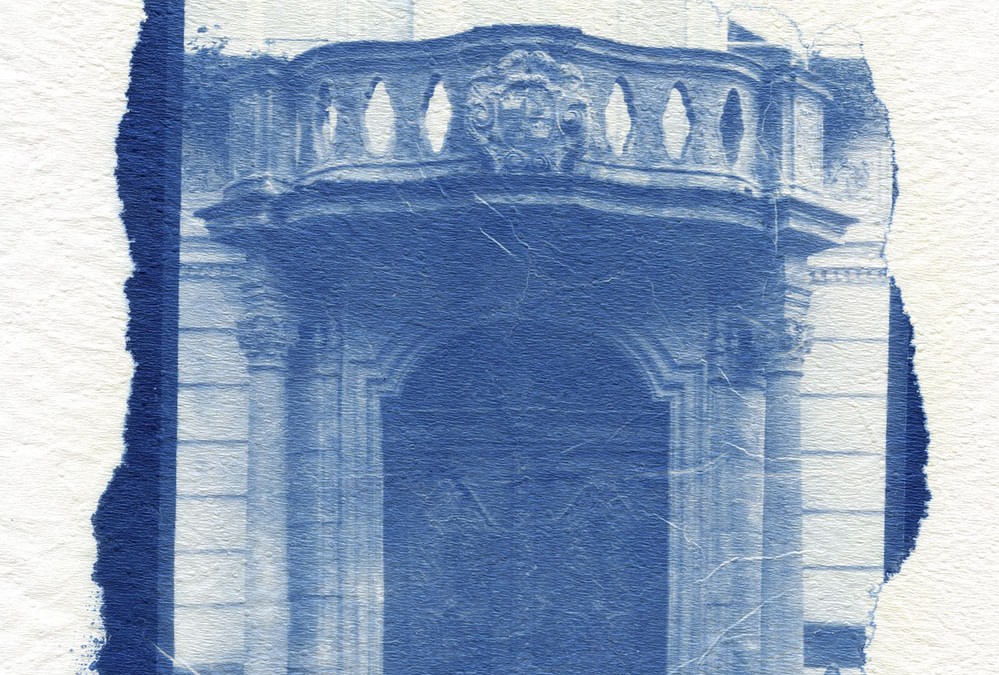 Cyanotype is one of the most versatile photographic processes, enabling the photographer not only to exercise a considerable level of creativity in preparing the light sensitive materials and preparing the surfaces on which the pictures will be printed but also to print them on unusual surfaces such as metal or wood. During our four hour workshop participants will aquire skills and knowledge allowing them to start printing on a wide range of surfaces from metal to glass. During the workshop, conducted in the form of a video conference the participants will learn to print cyanotype on: metal, glass, fabric, wood. The methods presented during the workshop will also enable you to print on similar surfaces such as glazed china and some plastics. During the workshop you will learn to: modify the cyanotype solution for work on various surfaces, prepare various surfaces for printing, sensitize glass, metal, wood and fabric, expose the prints on unusual substrates, for example on convex surfaces, to make simple image transfers, to expose the images on the above surfaces and to process the prints. The workshop, though based on a live demonstration, will be held in the form of a video conference which means it will not be a simple, one way lecture or presentation. The participants will be able to ask questions at any point, comment on the explanations of the instructor or share observations with other participants which will make the workshop as similar to team work in the darkroom as possible without the necessity to come all the way to Poland. There will also be time for discussion and sharing tips on organizing a lab...
Cyanotype is one of the most versatile photographic processes, enabling the photographer not only to exercise a considerable level of creativity in preparing the light sensitive materials and preparing the surfaces on which the pictures will be printed but also to print them on unusual surfaces such as metal or wood. During our four hour workshop participants will aquire skills and knowledge allowing them to start printing on a wide range of surfaces from metal to glass. During the workshop, conducted in the form of a video conference the participants will learn to print cyanotype on: metal, glass, fabric, wood. The methods presented during the workshop will also enable you to print on similar surfaces such as glazed china and some plastics. During the workshop you will learn to: modify the cyanotype solution for work on various surfaces, prepare various surfaces for printing, sensitize glass, metal, wood and fabric, expose the prints on unusual substrates, for example on convex surfaces, to make simple image transfers, to expose the images on the above surfaces and to process the prints. The workshop, though based on a live demonstration, will be held in the form of a video conference which means it will not be a simple, one way lecture or presentation. The participants will be able to ask questions at any point, comment on the explanations of the instructor or share observations with other participants which will make the workshop as similar to team work in the darkroom as possible without the necessity to come all the way to Poland. There will also be time for discussion and sharing tips on organizing a lab...
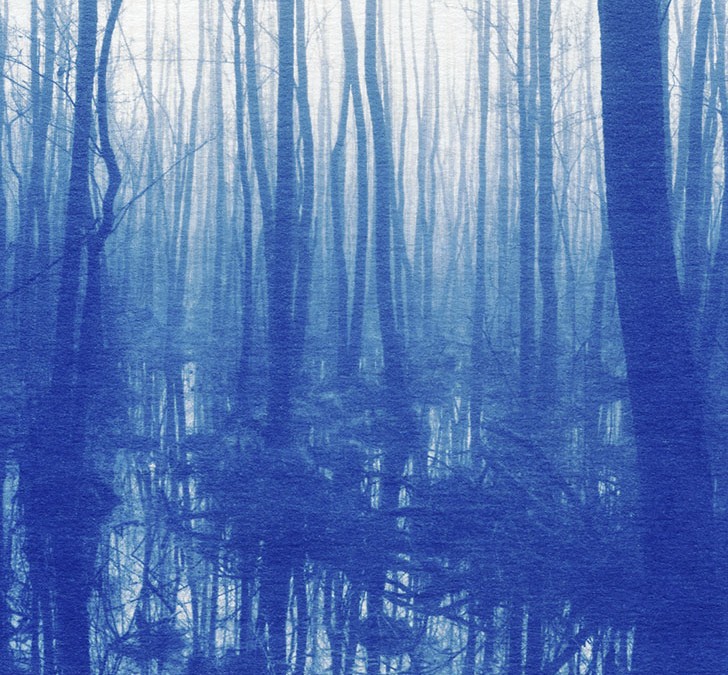 Join our online workshop and learn one of the oldest photographic processes, the cyanotype, invented in the early 1840s. Cyanotype is an extraordinary process enabling the photographer to print fabulous, blue photographs of excellent permanence (we still have the original prints from the first half of the 19th century). As it is a process in which the photographers prepare the light sensitive materials themselves, it gives completely unique possibilities for manipulating the image, for conscious creation of imperfection and for working on unusual surfaces starting with various types of paper through fabric, wood, and glass or metal. During the four hour workshop all the participants will obtain information and obtain skills necessary to start working independently. During the workshop taught in the form of a video conference, the participants will learn: about all the chemicals, materials and tools needed in the process, different ways to coat the light sensitive solution on paper, to print cyanotype luxography, to prepare digital negatives for cyanotype printing, the process of exposing/printing and processing the images, to assess exposure prior to development, to create a home lab. There will also be ample time for free discussion, asking and answering questions and consulting the participants’ prints as well as for advice regarding producing prints at home, without access to a professional lab. The format selected for the workshop means that it will be more than a simple presentation or lecture which we could record and re-transmit as many times as we want. Rather than this, it will be a real meeting and an opportunity to discuss photography when, apart from listening to the instructor and...
Join our online workshop and learn one of the oldest photographic processes, the cyanotype, invented in the early 1840s. Cyanotype is an extraordinary process enabling the photographer to print fabulous, blue photographs of excellent permanence (we still have the original prints from the first half of the 19th century). As it is a process in which the photographers prepare the light sensitive materials themselves, it gives completely unique possibilities for manipulating the image, for conscious creation of imperfection and for working on unusual surfaces starting with various types of paper through fabric, wood, and glass or metal. During the four hour workshop all the participants will obtain information and obtain skills necessary to start working independently. During the workshop taught in the form of a video conference, the participants will learn: about all the chemicals, materials and tools needed in the process, different ways to coat the light sensitive solution on paper, to print cyanotype luxography, to prepare digital negatives for cyanotype printing, the process of exposing/printing and processing the images, to assess exposure prior to development, to create a home lab. There will also be ample time for free discussion, asking and answering questions and consulting the participants’ prints as well as for advice regarding producing prints at home, without access to a professional lab. The format selected for the workshop means that it will be more than a simple presentation or lecture which we could record and re-transmit as many times as we want. Rather than this, it will be a real meeting and an opportunity to discuss photography when, apart from listening to the instructor and...
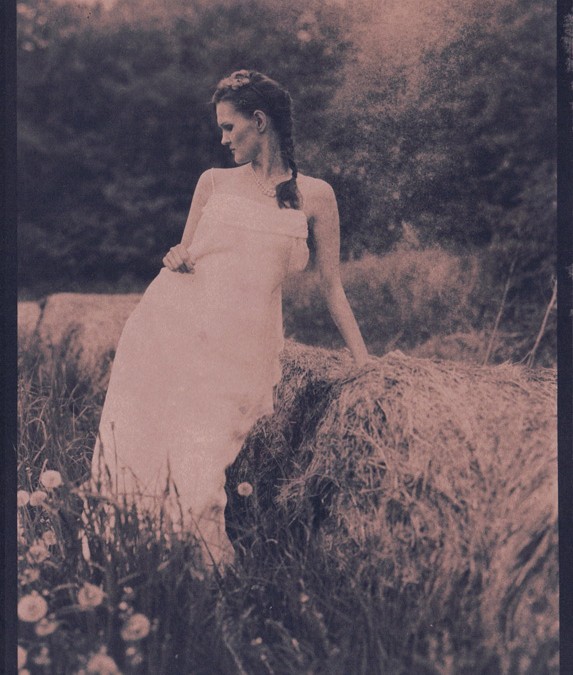 Most of us know that cyanotypes are blue. Blue is the natural colour of the process and indeed, this is what the earlies cyanotypes looked like. However, this does not mean that cyanotype has to be blue and only blue each time we print it. Quite to the contrary, we can easily alter its colour using a variety of methods of toning and tinting, both using very typical, easily available materials such as tea and more advanced chemical methods. If you want to take your cyanptype printing to a higher level and learn both the art of toning and tinting prints and the methods to control their contrast, join my workshop, offered in the form of a video conference which will not only cover issues such as toning, tinting and contrast control, but will also include manipulating the finished prints by means of bleaching. During the workshop you will learn: the various toners that can be used to tone cyanotype and see how they work on a print and what results they produce, to control the contast of our prints adjusting it to the negatives we are using, the basic method of improving the finished prints by means of bleaching them, to tint/and colour the monochromatic prints the way it was done in the 19th century, to wax the finished prints to deepen the shadows and increase their permanence. Similarly to all out other online workshops, this one will be based mostly on practical demonstration which will enable the participants to witness each stage of the process. As the workshop will be organized as a video conference, it will not...
Most of us know that cyanotypes are blue. Blue is the natural colour of the process and indeed, this is what the earlies cyanotypes looked like. However, this does not mean that cyanotype has to be blue and only blue each time we print it. Quite to the contrary, we can easily alter its colour using a variety of methods of toning and tinting, both using very typical, easily available materials such as tea and more advanced chemical methods. If you want to take your cyanptype printing to a higher level and learn both the art of toning and tinting prints and the methods to control their contrast, join my workshop, offered in the form of a video conference which will not only cover issues such as toning, tinting and contrast control, but will also include manipulating the finished prints by means of bleaching. During the workshop you will learn: the various toners that can be used to tone cyanotype and see how they work on a print and what results they produce, to control the contast of our prints adjusting it to the negatives we are using, the basic method of improving the finished prints by means of bleaching them, to tint/and colour the monochromatic prints the way it was done in the 19th century, to wax the finished prints to deepen the shadows and increase their permanence. Similarly to all out other online workshops, this one will be based mostly on practical demonstration which will enable the participants to witness each stage of the process. As the workshop will be organized as a video conference, it will not...
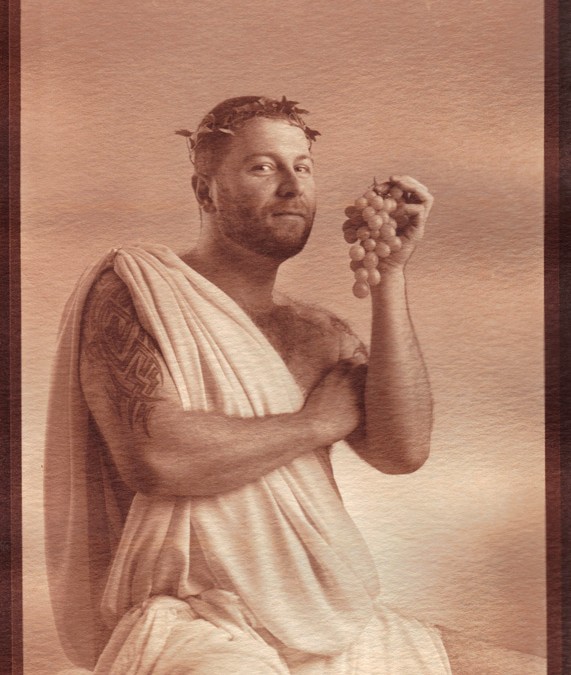 Vandyke brownprint is one of the beautiful photographic processes coming from the 19th century, a process allowing us to make prints at home, without a professional darkroom or complicated equipment. Differently than the other popular process from the past, the cyanotype, it enables us to produce prints of pleasing, brownish colour. Similarly to other historical processes, it enables us to create prints of excellent permanence even if a lot of myths have arisen around this process that claim something opposite. Myths resulting only from incorrect or sloppy processing or the use of materials of inadequate quality, i.e. something that can easily be avoided with but a little learning. For all of you who would like to master this exquisite photographic process, I have prepared an introductory workshop that will offer an opportunity to learn its basics and acquire skills necessary to produce beautiful, archival prints. During the workshop you will learn: learn different ways to coat paper with the light sensitive solution, learn to prepare your own light sensitive materials, learn to prepare digital negatives based on digital images, to create a home lab, to expose your prints correctly, to assess exposure prior to development, to process the prints correctly to mount prints for exposure. The workshop will be based on demonstration accompanied by a detailed explanation. It will be held as a video conference so there will be plenty of opportunities to ask questions or simply discuss the process as would normally happen during a workshop in the lab. Participants who already have the materials and equipment will be able to make their own prints under online supervision...
Vandyke brownprint is one of the beautiful photographic processes coming from the 19th century, a process allowing us to make prints at home, without a professional darkroom or complicated equipment. Differently than the other popular process from the past, the cyanotype, it enables us to produce prints of pleasing, brownish colour. Similarly to other historical processes, it enables us to create prints of excellent permanence even if a lot of myths have arisen around this process that claim something opposite. Myths resulting only from incorrect or sloppy processing or the use of materials of inadequate quality, i.e. something that can easily be avoided with but a little learning. For all of you who would like to master this exquisite photographic process, I have prepared an introductory workshop that will offer an opportunity to learn its basics and acquire skills necessary to produce beautiful, archival prints. During the workshop you will learn: learn different ways to coat paper with the light sensitive solution, learn to prepare your own light sensitive materials, learn to prepare digital negatives based on digital images, to create a home lab, to expose your prints correctly, to assess exposure prior to development, to process the prints correctly to mount prints for exposure. The workshop will be based on demonstration accompanied by a detailed explanation. It will be held as a video conference so there will be plenty of opportunities to ask questions or simply discuss the process as would normally happen during a workshop in the lab. Participants who already have the materials and equipment will be able to make their own prints under online supervision...
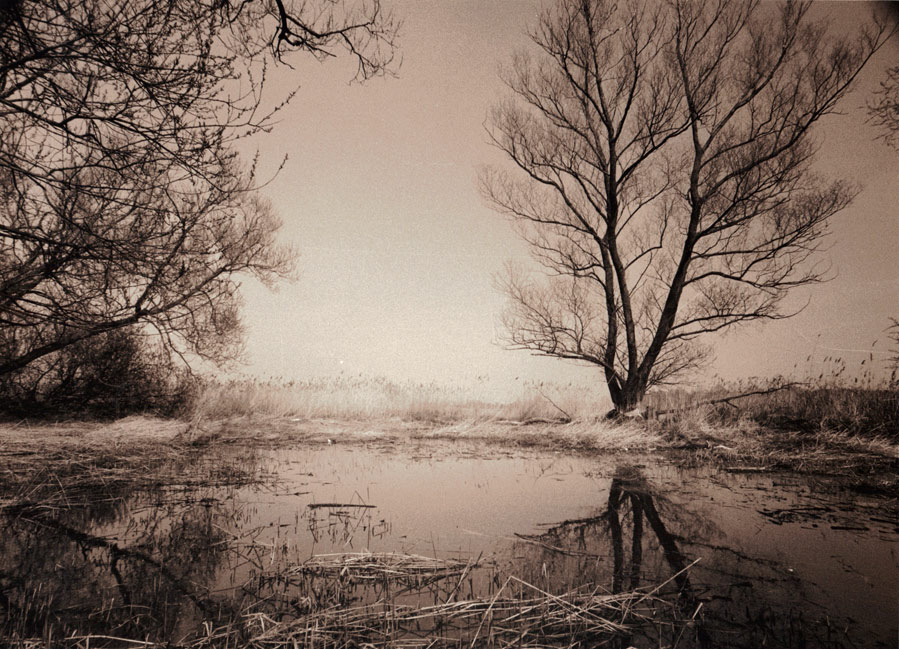 For all film lovers, the moment when they learn to develop their own negatives is a breakthrough, a milestone on the road towards creative independence. Developing your own film is not only a source of huge satisfaction and considerable financial savings, but above all, it gives you a new, higher level of control over your photographs. From this moment on, you alone will be responsible for all the mistakes and, above all, for every successful image. What is more, you will get a tool to adjust the negatives used to your individual needs by, to name just one method, push processing them and thus altering their contrast or correcting minute errors of exposure. First of all, however, you will no longer depend on a lab, you will no longer get anxious about the possibility that an error of a total stranger may destroy your fabulous pictures. And you will no longer need to worry whether an imperfection results from your error or that of the lab. Gaining the ability to develop your own black and white film is particularly attractive as it is relatively easy, does not require complicated equipment or expensive chemicals and can easily be done at home thus saving unnecessary expenditure and providing great fun for the photographer. For those of you that would want to take this step now, I have prepared a four-hour online workshop during which you will be able to gain all the skills necessary to start developing your black and white negatives at home. During the workshop you will: learn about the chemistry used to develop black and white negative films,...
For all film lovers, the moment when they learn to develop their own negatives is a breakthrough, a milestone on the road towards creative independence. Developing your own film is not only a source of huge satisfaction and considerable financial savings, but above all, it gives you a new, higher level of control over your photographs. From this moment on, you alone will be responsible for all the mistakes and, above all, for every successful image. What is more, you will get a tool to adjust the negatives used to your individual needs by, to name just one method, push processing them and thus altering their contrast or correcting minute errors of exposure. First of all, however, you will no longer depend on a lab, you will no longer get anxious about the possibility that an error of a total stranger may destroy your fabulous pictures. And you will no longer need to worry whether an imperfection results from your error or that of the lab. Gaining the ability to develop your own black and white film is particularly attractive as it is relatively easy, does not require complicated equipment or expensive chemicals and can easily be done at home thus saving unnecessary expenditure and providing great fun for the photographer. For those of you that would want to take this step now, I have prepared a four-hour online workshop during which you will be able to gain all the skills necessary to start developing your black and white negatives at home. During the workshop you will: learn about the chemistry used to develop black and white negative films,...







Recent Comments